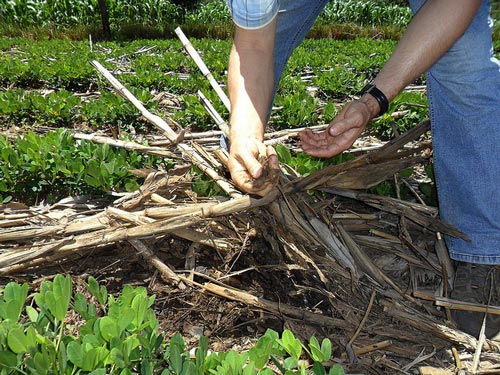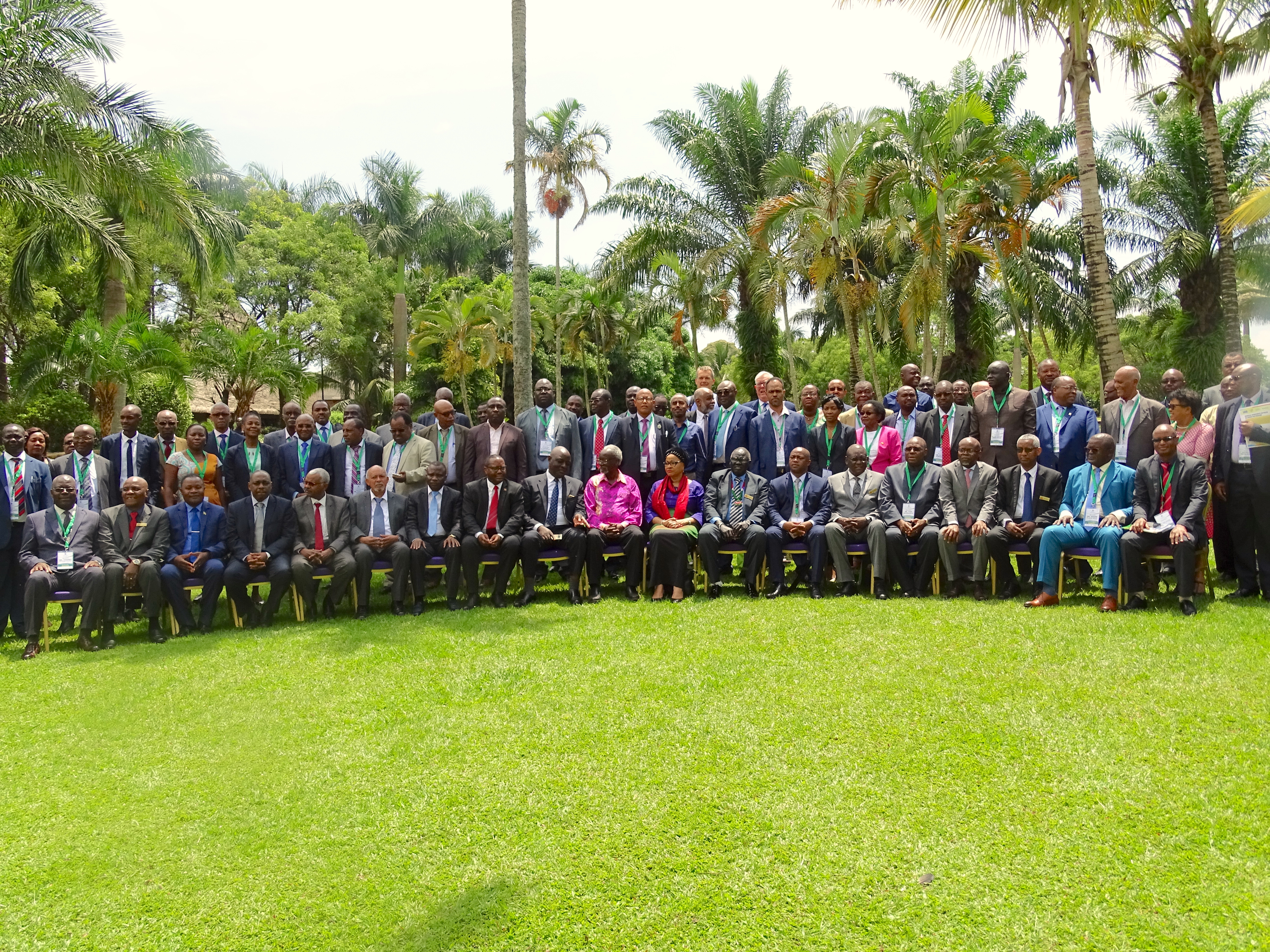 After months of discussions and debates on the scientific evidence regarding conservation agriculture for small-scale, resource-poor farmers in Sub-Saharan Africa and South Asia, a group of 40 scientists reached a consensus on the goals of conservation agriculture and the research necessary to reach these goals. The discussions leading to the signing of the Nebraska Declaration on Conservation Agriculture on 5 June 2013 began during a scientific workshop on “Conservation agriculture: What role in meeting CGIAR system-level outcomes?” organized by the CGIAR Independent Science and Partnership Council (ISPC) at the University of Nebraska, Lincoln, USA, during 15-18 October 2012. Several CIMMYT scientists contributed to the Lincoln workshop and the subsequent draft of the convention. “Not every participant agreed to sign. It went too far for some conservation agriculture purists and not far enough for others. This is usually the case when a consensus between 50 scientists and experts is sought,” said Bruno Gerard, director of CIMMYT’s Global Conservation Agriculture Program (GCAP), pointing to an interesting read in that respect, ‘Conservation agriculture and smallholder farming in Africa: The heretics’ view’ by Giller et al. (2009).
After months of discussions and debates on the scientific evidence regarding conservation agriculture for small-scale, resource-poor farmers in Sub-Saharan Africa and South Asia, a group of 40 scientists reached a consensus on the goals of conservation agriculture and the research necessary to reach these goals. The discussions leading to the signing of the Nebraska Declaration on Conservation Agriculture on 5 June 2013 began during a scientific workshop on “Conservation agriculture: What role in meeting CGIAR system-level outcomes?” organized by the CGIAR Independent Science and Partnership Council (ISPC) at the University of Nebraska, Lincoln, USA, during 15-18 October 2012. Several CIMMYT scientists contributed to the Lincoln workshop and the subsequent draft of the convention. “Not every participant agreed to sign. It went too far for some conservation agriculture purists and not far enough for others. This is usually the case when a consensus between 50 scientists and experts is sought,” said Bruno Gerard, director of CIMMYT’s Global Conservation Agriculture Program (GCAP), pointing to an interesting read in that respect, ‘Conservation agriculture and smallholder farming in Africa: The heretics’ view’ by Giller et al. (2009).
According to the Declaration, most efforts to date in developing countries have promoted conservation agriculture as a package of three practices: minimum disturbance of soil, retention of sufficient crop residue, and diversified cropping patterns. However, the situation on the ground shows limits of this strict definition, as there is little evidence of conservation agriculture wide adoption in Sub-Saharan Africa and South Asia, but there is some evidence of adoption of one or two of the components. To play a significant role in low-productivity, resource-poor agricultural systems, broader efforts going beyond a focus on the package of the three main practices are necessary. Emphasis needs to be placed on diagnostic agronomy and participatory on-farm research to identify the constraints faced by farmers and to guide farmers in finding solutions to them. As there is a range of sound agronomic, economic, and/or social reasons for choosing not to adopt the three-component conservation agriculture package, it is necessary to systematically assess the suitability and viability of management options and practices while considering farmers’ objectives and constraints, the Declaration stresses.
Rigorous and coordinated research is needed to assess and better understand the process of adoption of conservation agriculture. Unless the farmers’ reasons for choosing to adopt or not to adopt a certain practice are known, a wider adoption of conservation agriculture practices is unlikely.
“I think the declaration is useful as conservation agriculture principles should be seen as a way to sustainable intensification and not an end by itself,” commented Gerard. “The declaration fits well with the present efforts of GCAP and the Socioeconomics Program to put conservation agriculture in a broader context, and to better understand adoptability and constraints to adoption, which are agroecology-, site-, and farm-specific. Furthermore, it stretches the importance of systems research to integrate field level agronomy work within a multi-scale and multi-disciplinary framework.”
 Climate adaptation and mitigation
Climate adaptation and mitigation 

